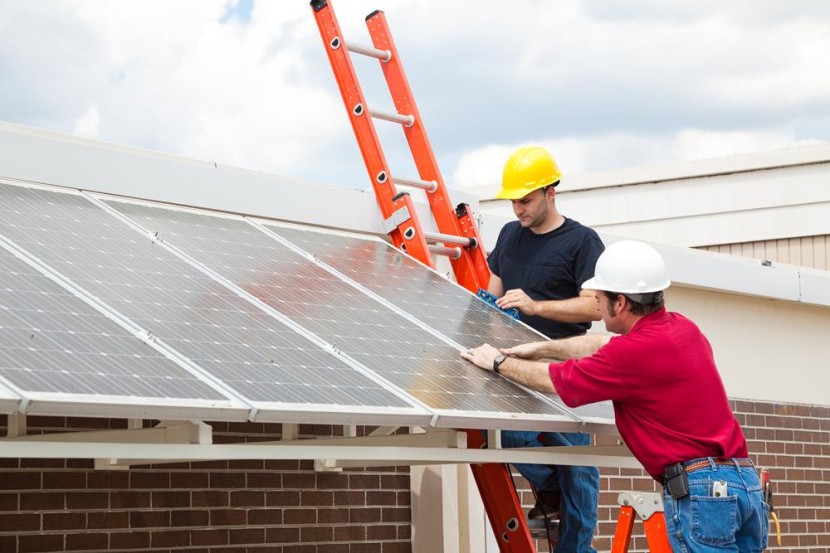
Whether you are running a business or are simply concerned about mounting energy bills of your home, investing in energy efficiency is a good step.
But a persistent hurdle that comes in the way of mass adoption of Energy Efficiency technology is the rather considerable upfront cost. If you have a significant amount coming your way in the near future, you can rely upon a title loan to get the ball rolling for now.
But while the decrease in your monthly bill would get you back your investment after a time, it is likely to take years, leaving you to bear the entire cost yourself for the time being.
Enter Energy Efficiency Finance. Due to a continued push from the government on adopting more energy efficient measures in our homes and offices, today there are a myriad of ways to get the initial cost financed. From traditional loans to more innovative On-Bill financing, there are many options to make your home energy efficient without blowing up your savings.
PACE Financing
Property Assessed Clean Energy, or PACE as it is usually known, is an Energy Efficiency Finance tool that allows both commercial and residential building owners to borrow capital from private lenders at greatly reduced interest rates and long term repayment periods, making it possible to invest in energy efficiency. A key feature of PACE programs is that the repayment is clubbed with the annual property tax bill, instead of monthly installments that you have to pay on taking a traditional loan.
Moreover, the loan itself is attached to the property, not the individual residing in it, so it does not create any problems when selling your property and transferring ownership to new parties.
As one of the more well known and better funded programs in this sphere, PACE has a good coverage throughout the country, and since it provides 100% financing for the entire upfront cost, it is one of the leading options of Energy Efficiency Finance.
On-Bill Financing
An innovative concept, on-bill financing lets a power utility act as the lender, which recovers the cost over a long period of time in small increments from your electric bill. In some programs, the utility may even act as a provider of the necessary technology, and make improvements to your home itself.
This makes on-bill financing one of the most hassle free methods of Energy Efficiency Financing, saving you from the hassle of taking a from a private lender, and breaking the otherwise large upfront expenditure into more manageable monthly payments.
If done rightly, it can mean you start saving on your bill immediately, without having to spend a single penny.
Energy Savings Agreement
Instead of buying the whole setup for making your home energy efficient, wouldn't it be better to have it provided as a service? That's exactly what an ESA or Energy Savings Agreement entails.
Basically, you pay a monthly 'bill' to a third-party, which takes all the responsibility of installing and managing the energy efficiency technology in your home or business. This means you do not need to pay any upfront costs at all, and simply get to live in an energy efficient home for a nominal monthly bill.
While certainly one of the easiest methods of Energy Efficiency Finance, in the long term, it usually ends up costing you more than the other methods.
Conclusion
Getting your house or enterprise energy efficient is one of the best ways to reduce monthly expenses. You would be surprised at the savings netted by simple energy efficiency upgrades. Best of all, these upgrades require next to no maintenance, which means that you would be reaping the benefits for years to come.
That is why it investing in energy efficiency upgrades is quite worth it. And if you are concerned about paying for the costs, there are numerous options to help you arrange the funds, from title loans to on-bill financing.
The best thing? You would be doing your bit for the environment as well.








